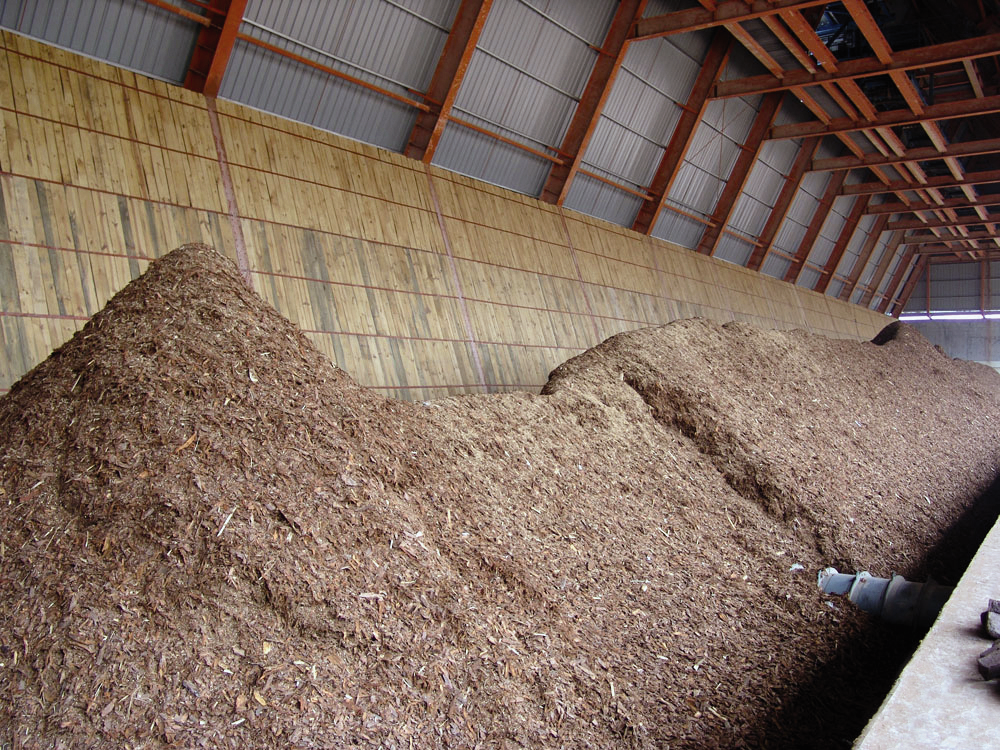Overview


Detailed Processes:
- Biomass Collection:
○ Sourcing: Collecting biomass from various sources, including forests, farms, and industrial processes.
○ Transportation: Transporting biomass to storage facilities using efficient logistics.
- Storage Methods:
○ Indoor Storage: Storing biomass in covered facilities to protect it from moisture and degradation.
○ Outdoor Storage: Using methods like pile covering and ventilation to minimize deterioration.
- Preservation Techniques:
○ Drying: Reducing moisture content to prevent microbial activity and enhance combustion efficiency.
○ Compaction: Compacting biomass into pellets or briquettes for easier handling and storage.
- Safety and Monitoring:
○ Fire Prevention: Implementing measures to prevent and control fires in biomass storage facilities.
○ Quality Monitoring: Regularly checking biomass quality to ensure it remains suitable for energy production.
- Utilization Planning:
○ Inventory Management: Managing inventory to ensure a consistent supply of biomass for energy production.
○ Usage Scheduling: Planning the use of biomass based on energy demand and availability.
F. A. Q
Common Questions
Turpis nostra ipsum nisl consectetur quam ut elit suscipit elementum cubilia.

